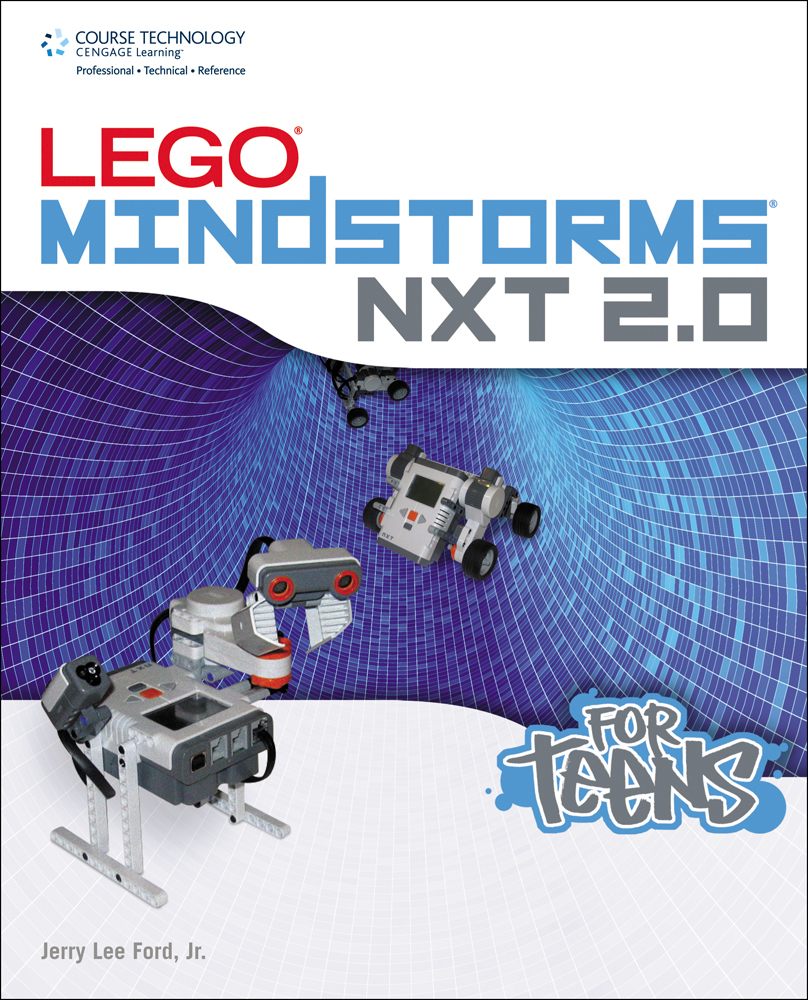Filters
Clear allSubject
- Careers (81) Apply Careers filter
- Climate Change (3) Apply Climate Change filter
- Creative arts and media (9) Apply Creative arts and media filter
- Cross curricular (67) Apply Cross curricular filter
- Design and technology (295) Apply Design and technology filter
- Engineering (172) Apply Engineering filter
- Food Preparation and Nutrition (4) Apply Food Preparation and Nutrition filter
- Leadership (2) Apply Leadership filter
- Mathematics (239) Apply Mathematics filter
- Personal development (5) Apply Personal development filter
- Psychology (1) Apply Psychology filter
- Science (280) Apply Science filter
- Space (4) Apply Space filter
- STEM Ambassadors (8) Apply STEM Ambassadors filter
- STEM Clubs (18) Apply STEM Clubs filter
Age range
Type
- Activity sheet (213) Apply Activity sheet filter
- Article (88) Apply Article filter
- Assessment (3) Apply Assessment filter
- Audio (5) Apply Audio filter
- Data set (3) Apply Data set filter
- Demonstration (4) Apply Demonstration filter
- Experiment (2) Apply Experiment filter
- Game (8) Apply Game filter
- Group work (8) Apply Group work filter
- Image (43) Apply Image filter
- Information sheet (55) Apply Information sheet filter
- Interactive resource (13) Apply Interactive resource filter
- Open-ended task (1) Apply Open-ended task filter
- Poster (12) Apply Poster filter
- Presentation (103) Apply Presentation filter
- Quiz (2) Apply Quiz filter
- Research (47) Apply Research filter
- Self assessment (1) Apply Self assessment filter
- Simulation (2) Apply Simulation filter
- Teacher guidance (334) Apply Teacher guidance filter
- Textbook (24) Apply Textbook filter
- Video (71) Apply Video filter
- (-) Remove Include Physical Resources filter Include Physical Resources
Showing 1556 results

Scratch is a fun, free, beginner-friendly programming environment where you connect blocks of code to build programs. While most famously used to introduce kids to programming. Scratch can make computer science...
This report aimed to identify practical examples of good practice that promote good behaviour and that can be adopted by all schools. The authors identified aspects of practice that create the right conditions for good behaviour to be learnt. The authors further comment that whilst school staff work hard to support...
One of the series of Royal Institution Christmas lectures focusing on Bayes’ theorem. The topic of the resource is an investigation into stolen chocolate biscuits so would make an interesting end of term diversion.
The free, open-source Processing programming language environment was created at MIT for people who want to develop images, animation, and sound. Based on the ubiquitous Java, it provides an alternative to daunting languages and expensive proprietary software.
This book gives graphic designers, artists and...
This edition of the Computing at School newsletter focuses on Computational Thinking, and contains articles covering:
*The importance of computational thinking
*...
This is one of a series of resources to support the use of the BBC micro:bit. This resource focusses on pupils designing, programming and using a BBC micro:bit to complete the mission challenge to find out more about the planet Mars.
In this activity pupils will make use of the BBC micro:bit to design and...
This unique book shows how to start programming using the RobotC language for LEGO MINDSTORMS, and it provides practical and easy-to-use code samples for getting a real robot to do the things you want it to do.
In this adaptable lesson plan by Barefoot Computing, children create a simple model (out of Lego or similar) and then take photos to create instructions (an algorithm) for other children to recreate their model. By removing one block at a time they are decomposing the problem into manageable steps. Teachers may...

The Vernier NXT Sensor Adaptor allows Vernier sensors to work on the Lego MINDSTORMS NXT robotics system....
In this activity SEND pupils will learn to create a clear algorithm for someone else to follow. Pupils will create a simple model from Lego and then take photographs to create a visual algorithm to help other pupils to recreate their model. As they remove one block at a time they are learning to decompose a problem...

LEGO MINDSTORMS has changed the way we think about robotics by making it possible for anyone to build real, working robots. The latest MINDSTORMS set, EV3, is more powerful than ever, and The LEGO MINDSTORMS EV3...

The LEGO Mindstorms EV3 Idea Book explores dozens of creative ways to build amazing mechanisms with the LEGO Mindstorms EV3 set. Each model includes a list of the required parts, minimal text, and...

In The LEGO MINDSTORMS EV3 Laboratory , author Daniele Benedettelli, robotics expert and member of the elite LEGO MINDSTORMS Expert Panel, shows you how to use gears, beams, motors, sensors, and programming blocks to...

This step-by-step guide shows beginners how to use the Lego Mindstorms NXT 2.0 kit and their computer to build fantastic robots, animals, vehicles, and so much more. Everything you need is included in the Lego...
In this activity children learn what an algorithm is and explore what makes good instructions for an algorithm. They work as a team to create their own algorithms to guide each other across a grid of squares avoiding set obstacles. The activity uses the context of Mars exploration, as they role-play the ExoMars...
